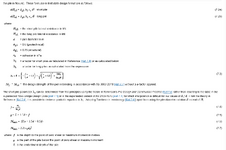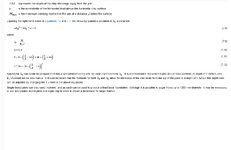SE2607
Structural
- Sep 24, 2010
- 283
This formula provides the required embedment, but how do I determine the forces on the pile below grade?
Thank you
Thank you
Follow along with the video below to see how to install our site as a web app on your home screen.
Note: This feature may not be available in some browsers.


